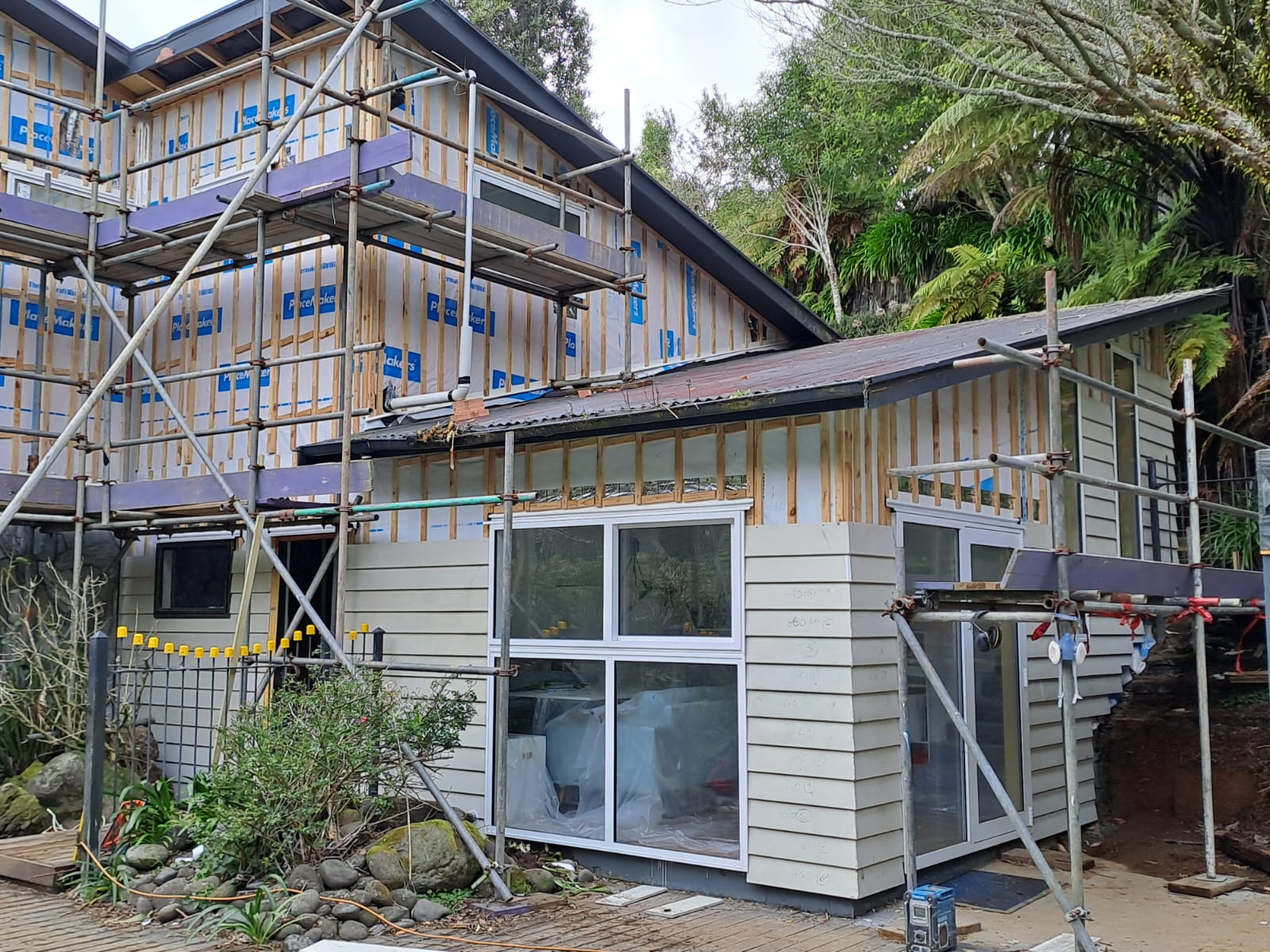Introduction: Bathroom renovations are more than just cosmetic updates. With increasing awareness of water conservation, homeowners now seek ways to make their bathrooms eco-friendly and cost-efficient. In this blog, we’ll focus on how a bathroom renovation can help improve water efficiency while maintaining style and comfort.
Assess Your Current Water Usage Before starting any renovation, it’s important to evaluate how much water your bathroom consumes. Older fixtures such as toilets, faucets, and showerheads tend to use more water. Start by checking if these can be replaced with water-saving alternatives like low-flow toilets and aerated faucets.
Install Low-Flow Fixtures Switching to low-flow fixtures is one of the simplest ways to save water. Modern low-flow toilets can save thousands of gallons per year without compromising performance. Likewise, installing a low-flow showerhead can help cut water consumption without affecting your bathing experience.
Opt for Eco-Friendly Flooring In bathroom renovations, sustainable flooring options like bamboo or cork can not only give your space a modern look but are also eco-friendly. These materials are naturally resistant to water damage, making them perfect for the humid environment of a bathroom.
Use Water-Saving Technology Innovative technologies like smart showers or digital faucets can track your water usage and help limit excess. These devices can be programmed to control water temperature and flow, further reducing waste.
Update Your Plumbing During the renovation process, consider upgrading your plumbing system. Older pipes may leak or restrict water flow, so it’s wise to consult a plumber about installing more efficient piping that minimizes water loss.
Conclusion A water-efficient bathroom renovation not only saves the environment but also lowers utility bills. From low-flow fixtures to smart water-saving technology, small changes can make a big difference. Start planning your bathroom renovation with a focus on water efficiency today!
